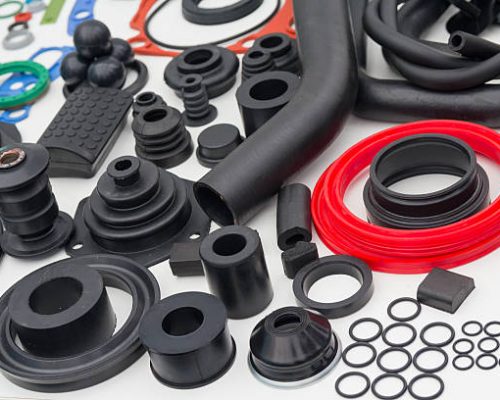Project Report For Rubber Industry
Introduction
Project Report For Rubber Industry is as follows.
Rubber is a polymer that can stretch and contract. It occurs naturally and can also be synthesised. Since ancient times, we have used rubber products. Natural rubber is an organic chemical isoprene polymer derived from the bark of tropical and subtropical trees. Latex refers to the milky white fluid obtained from trees. This is why natural rubber is sometimes referred to as latex.India rubber, Amazonian rubber, and caucho are all names for natural rubber. Thailand and Indonesia are the world’s leading producers of natural rubber.
Rubber production is major business because of the substance’s incredibly broad range of applications in its various forms. Chloroprene rubber is utilised in a range of automotive and electrical components, adhesives, and other applications. It is also utilised in car tyres, and the expanding manufacturing capability of this core product’s Asian and Latin American manufacturers is propelling its expansion. TPE compounds are also gaining a foothold in the rubber business, displacing more traditional synthetic chloroprene products due to cheaper production costs and a broader range of applications. TPE is used in a variety of industries, including construction, aircraft, and forestry.

Manufacturing Process Of Rubber Industry
The gathering of latex from rubber trees is the first step in the natural rubber manufacturing process. The process of harvesting latex from rubber trees begins with scoring or cutting through the tree’s bark. Latex drips into a cup affixed to the bottom of the tree cut. In enormous tanks, latex material from various trees is gathered.
Coagulation, which curdles or thickens the polyisoprene into a mass, is the most common method of separating rubber from latex. This is accomplished by incorporating an acid, such as formic acid, into the latex. Coagulation takes around 12 hours.
A system of rollers squeezes water from the rubber coagulum. In smokehouses, the resulting thin sheets, about 1/8 inch thick, are dried on wooden racks. The drying process usually takes many days. Before being delivered to the processor, the resulting dark-brown rubber, now known as ribbed smoke sheet, is rolled into bales.
however. An air-dried sheet is rubber that has been cured using hot air rather than smoking. This method produces a higher quality of rubber. A higher quality rubber, known as pale pancake rubber, necessitates two coagulation processes followed by air drying.
Market Potential Rubber Industry
The global industrial rubber market was valued at US$ 28.7 billion in 2022, with the market expected to rise to US$ 36.0 billion by 2028, at a CAGR of 3.7% between 2023 and 2028.
The rubber industry has established itself as a prominent sector in India. In a few years, India is poised to overtake the United States as the world’s second-largest player in this area. India ranks high in natural rubber output. It is primarily produced in Kerala, but production is increasing in North-East India. Natural rubber and synthetic rubber work together to provide the desired end qualities to rubber goods. In India, synthetic rubber accounts for about 30% of total rubber use, while the global average is 65%.
The global industrial rubber market is divided into three segments: type, end-use industry, and region. The market is divided into two types: natural and synthetic rubber. The natural rubber business is growing as a result of focused research and development. These R&D activities are carried out by sectors such as agronomic science, physics, chemistry, and the automotive sector to support and expand the usage of natural rubber. Catheters, adhesives, balloons, elastic thread, and adhesives are all made from natural rubber latex.
Project Report Sample On Rubber Industry
Need Help?
Create 100% Bankable Project Report

